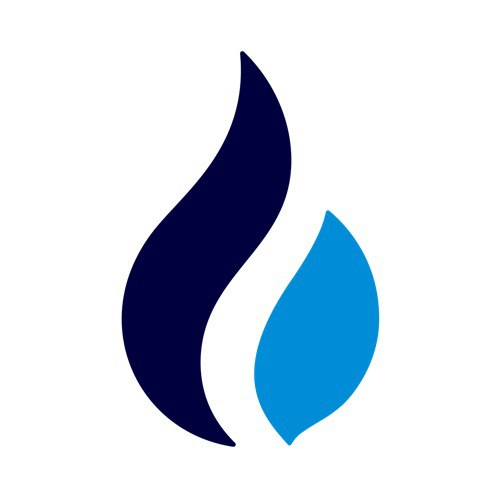
TRU
项目开始时间

2020年11月21日
关于
1. Background Introduction
TrueFi is a decentralized finance (DeFi) platform focused on uncollateralized lending and borrowing. It operates on the Ethereum blockchain and is developed by TrustToken, the team behind the stablecoin TrueUSD (TUSD). TrueFi aims to bridge traditional finance with DeFi by offering creditworthy borrowers access to loans without requiring collateral, leveraging on-chain credit scores and community governance.
2. Core Website Content
The TrueFi website highlights its uncollateralized lending protocol, staking opportunities, and governance features. Key sections include: (1) Lending/Borrowing: Users can lend crypto assets to earn interest or borrow without collateral (subject to approval). (2) TRU Staking: Stake TRU tokens to earn rewards and participate in governance. (3) DAO Governance: TRU holders vote on loan approvals and protocol upgrades. (4) Analytics: Displays real-time data on loans, APYs, and defaults.
3. Technical Features
TrueFi's tech stack includes: (1) Ethereum-based smart contracts for lending/borrowing. (2) On-chain credit scoring via borrower history and TRU staking. (3) DAO governance using TRU tokens. (4) Integration with Chainlink oracles for price feeds. (5) Support for multiple assets (e.g., USDC, TUSD, BUSD). Unique aspects are its uncollateralized model and default handling mechanisms.
4. Token Economics
The TRU token serves three purposes: (1) Governance: Voting on loans and protocol changes. (2) Staking: Users stake TRU to back loans and earn fees. (3) Incentives: Rewards for lenders and stakers. Tokenomics include a fixed supply (145 million TRU), with emissions decreasing over time. Fees from loans are distributed to stakers, aligning incentives.
5. Competitor Comparison
Compared to Aave (collateralized loans) or Maple Finance (institutional focus), TrueFi stands out with: (1) Uncollareralized loans for approved borrowers. (2) Retail-friendly staking/governance. (3) Strong ties to TrustToken's stablecoin ecosystem. However, it faces competition from Centrifuge (real-world asset loans) and Goldfinch (off-chain credit analysis).
6. Risks and Challenges
Major risks: (1) Default risk due to uncollateralized model. (2) Regulatory uncertainty around DeFi lending. (3) Dependence on TRU token value for staker incentives. (4) Smart contract vulnerabilities. Challenges include scaling credit assessment and maintaining loan demand during bear markets.
7. Industry Future
TrueFi's model could thrive if: (1) DeFi adoption expands beyond crypto-natives. (2) On-chain credit scoring improves. (3) Institutions embrace uncollateralized loans. However, it must navigate regulatory hurdles and prove its default recovery mechanisms in stress scenarios. The platform's success hinges on balancing risk and growth.
8. Summary
TrueFi innovates in DeFi by removing collateral requirements, but this introduces unique risks. Its TRU tokenomics and DAO governance create strong community alignment. While competition is fierce, TrueFi's TrustToken backing and focus on creditworthiness position it well—if it can maintain low defaults and attract borrowers. The platform represents a bold experiment in decentralized credit markets.
更多>























































 看多
看多
 看空
看空